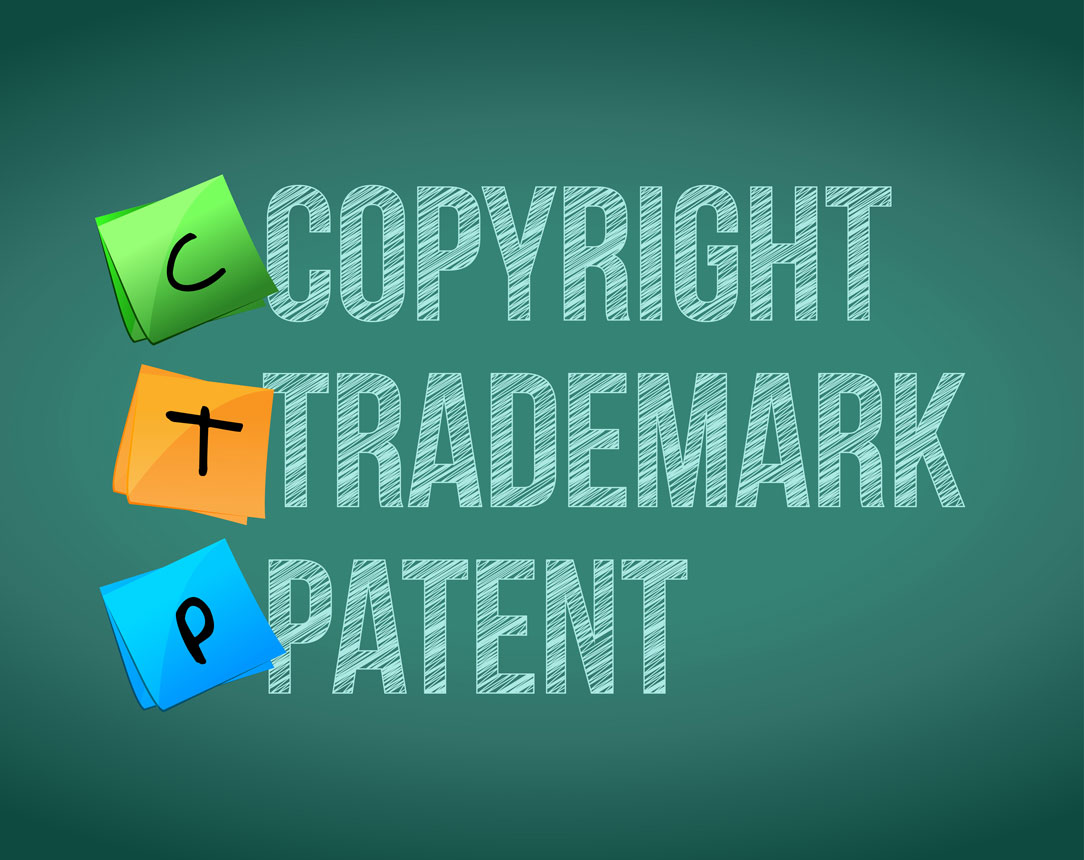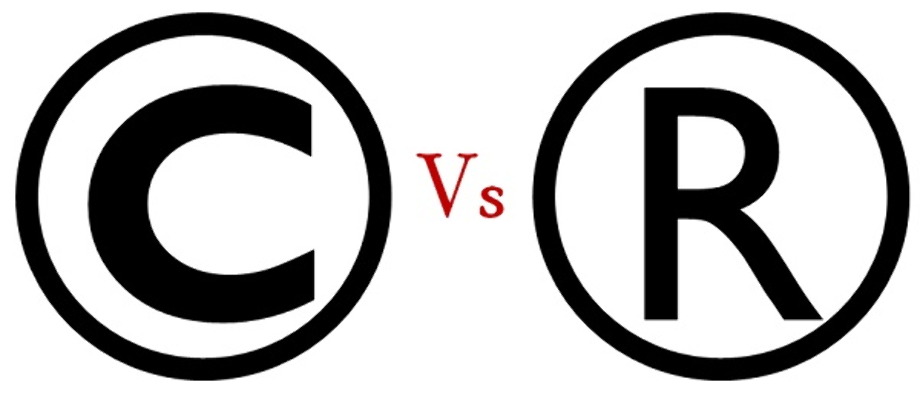


To protect your logo, you need a trademark or service mark (trademarks are generally used for products, while service marks are usually applied to services).
#Should i trademark or copyright my logo how to#
With the info above, we hope that when you look at that next Nike shoe in the store you will be able to intellectually recognize each separate intellectual property of the shoe. Should I trademark or copyright my logo How to legally protect your logo design. You see the swoosh and you know it’s Nike. Contrast those with the “Nike” name and logo, and the swoosh on the shoe, as all are trademarks of Nike. The color of the shoe and design could be a copyright as it is artful in nature. The Nike Air bubble is functional and has a scientific purpose. Nike’s shoe technology (Nike AIR) is a patent. So let’s put all these laws together with one example, and what better way than to use a Nike shoe, perhaps the most recognized brand in the world. On the other hand, a copyright protects your creative works of art, whether they be written, drawn, or sung. A trademark is distinguished from a copyright in that a trademark protects the origin of your name, slogan, and logo. Almost all of our clients need a trademark as they have a name, slogan, and/or logo that has been carefully thought out and is seen as their brand and identity. Of the two intellectual property protections, copyright protection is the more clear-cut if not more simple. Patent and Trademark Office, while copyrights are granted by the U.S. Trademark law protects trade names, slogans, and logos. Trademarks fall under the auspices of the U.S. We keep a few patent attorneys in our rolodex as some of our clients need assistance to protect the function of their invention/product. Patent law is complex, scientific, and expensive. If there is a specific method you are using and there is substantial function to your idea, then odds are that you need a patent. Registering your work with the USPTO is the least expensive of the intellectual property bunch and provides stronger protection of your creative work. The moment your artistic product is created, it is protected under copyright law and you can put the © next to your work without registering with the USPTO. Any time you claim rights in a mark, you can use TM (trademark) or SM (service mark) to alert the public to your claim. Copyrights are generally artistic, such as a song, a painting, a poem, a novel, a movie, etc.

CopyrightsĪ copyright protects original works of authorship. Do you have a novel idea? Are you creating a novel? A logo for your business? Or have you come up with a functional product? Once you read the info below, it is our hope that your brain should become intellectual property with regard to each area of law. Go to that tab, and you will get a long list of a registered trademark along with the name of the proprietor. In publications, you will find an option called list of well-known trademarks. There is a lot of confusion as to the application and distinction of each. Click on the trademark tab, and You will find it on the top and then click on publications. Intellectual property (and we’re not talking about a smart piece of real estate) consists of copyrights, trademarks, and patents. Copyrights, Patents, and Trademarks – oh my!


 0 kommentar(er)
0 kommentar(er)
